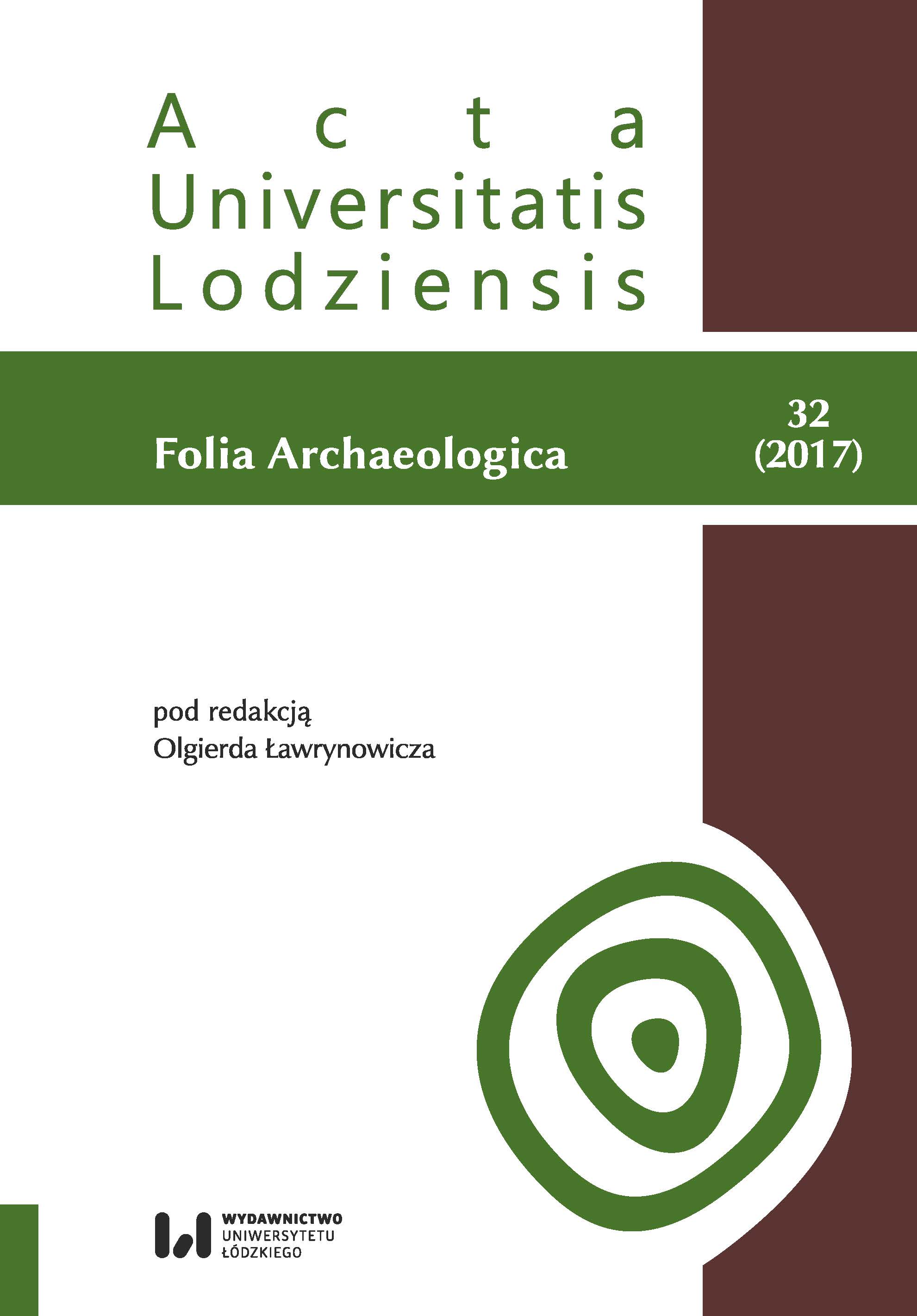Problem zanikania pamięci o miejscach spoczynku żołnierzy poległych w walkach nad Rawką i Bzurą w latach 1914–1915
The problem of the disappearence of memory about the resting places of soldiers fallen in the battles of the Rawka and the Bzura in the years 1914–1915
Author(s): Anna Izabella Zalewska, Dorota CyngotSubject(s): History of ideas, Military history, Pre-WW I & WW I (1900 -1919)
Published by: Wydawnictwo Uniwersytetu Łódzkiego
Keywords: Great War; war cemeteries; Modern Conflicts Archaeology; memory studies; Bolimów commune
Summary/Abstract: The article deals with the causes and manifestations of the process of disappearing remembrance of war cemeteries from the area of combats on the Rawka and the Bzura rivers during the Great War. The disappearance of the war cemeteries from the landscape and from the social consciousness we describe on the example of one of the communes included in the framework of the project Archaeological revival of the memory of the Great War (acronymically described as ARM). We discuss the attempts to determine the number of resting places of the fallen soldiers as well as the ways to achieve better understanding of cause-and-effect relations, which brought about the current condition of these places. Resulting from war operations of the First World War led from December 1914 to July 1915, tens of thousands of soldiers of Russian and German troops lost their lives in this region. The remains of the fallen in battle, those never buried, and those deposited in war cemeteries and war graves – were left behind on the battlefield. It is worth mentioning that the remains of the fallen, previously unburied soldiers, will be buried in ossuaries, whose foundation we (as archaeologists) postulate in the context of two war cemeteries. One of the recommended places (Joachimów - Mogiły War Cemetery) is situated in the area of discussed here Bolimów commune and the other is in the area of the Nowa Sucha commune (Borzymówka War Cemetery). Referring to the disproportion between the number of places currently regarded as war cemeteries (in the formal and conservatory sense) and the potential number of actual resting places of soldiers killed in the battles of the Rawka and the Bzura in 1914–1915 (in the ontological and humic sense), we confronted what is real with what is formal. This prompted us to ask the following questions: why were the war cemeteries from the First World War left out from the study area; how does this obliteration manifest itself and what contributed to the fact that these cemeteries were deprived of the status of protected places – despite the applicable legal provisions? Helpful in recognition of the undertaken problems was the confrontation of data that made up various forms of prolonging the memory of the Great War such as: ‘archives’ memory’, people’s memory, ‘memory of earth’. The outcome of correlation of these data is the presentation of the current state of resting places of soldiers killed between 1914 and 1915 in the area of Bolimów commune and a reflection on the links between the past and the present. Based on the critical analysis of the information available, we argue that archaeology can play the role of a common ground for the actions undertaken in relation to the difficult heritage of the not-so-distant past that we encounter in the case of material remnants of the Rawka and the Bzura rivers after the First World War. In our opinion, this example shows that the work of an archaeologist may constitute a unique and valuable field for socially engaged transdisciplinary research. It can also become the basis for reflecting on how far the war, cultural reevaluations and direct and indirect consequences of military actions affect the current state and constant transformation of the entangled anthropogenic and non-anthropogenic entities of the complex landscapes of the former battlefield as well as the landscape of remembrance of the Great War.
Journal: Acta Universitatis Lodziensis. Folia Archaeologica
- Issue Year: 2017
- Issue No: 32
- Page Range: 119-156
- Page Count: 38
- Language: Polish

